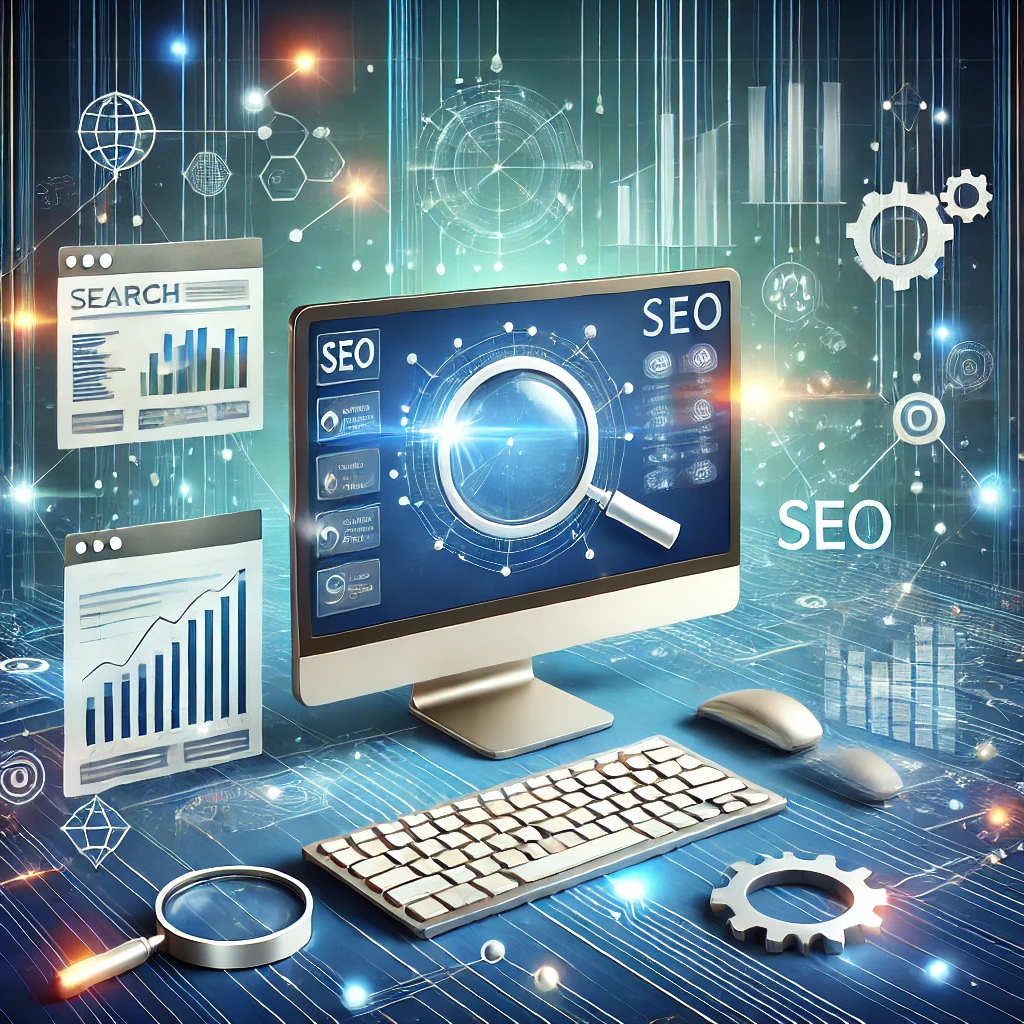It’s no surprise that Google is pushing advertisers to make use of its machine learning tools and features. Automated bidding for PPC campaigns is one such strategy that Google is using to entice advertisers.
What is Automated Bidding?
As the name implies, it’s an automatic bidding strategy used for Google AdWords campaigns. In automated bidding, Google monitors the performance of the campaign using advanced machine learning tools, which automatically sets and adjusts bids for every auction, based on the goals defined.
Google currently offers six different automated strategies to meet different PPC goals. Here’s are different automated bidding strategies that PPC advertisers can use:
| S.No. | Bid Strategy | Goal |
| 1 | Maximize clicks | To increase traffic to the site |
| 2 | Target impression share | To increase site visibility |
| 3 | Target CPA automatically | To increase conversions |
| 4 | Target ROAS | To meet a target ROAS while assigning different values to each conversion |
| 5 | Maximize conversions automatically | Get more conversions within the budget |
| 6 | Maximize conversion value automatically | Get more conversion value |
Does this mean, PPC campaigns can be run automatically without the need for PPC experts? Well, No, in this guide, we take a look at why using automated PPC bidding strategies may not always be the right choice.
#1: Automated Bidding doesn’t mean it’s a Completely Hands-off Approach
Advertisers falsely assume that once they set up automated bidding, the tool itself takes care of all the aspects of the campaign.
To give an example, IS (Impression Share) is a metric that advertisers regularly monitor while using manual bidding. When switching to automated bidding, advertisers stop monitoring this key metric, which could lead to plenty of lost impression shares.
One reason for lost IS with automated bidding is that when a competitor’s actions change the value per click, the automated bid strategy stays within the bounds set by the advertiser. This leads to losing impression shares to competitors.
#2: Advertisers are likely to Miss Out on Key Insights
Let’s explain this with an example. For instance, if the conversion rate drops after launching a new landing page, automated bids will reduce the number of bids, so that it can remain within the target. The advertiser will not know why the bid values were dialled down.
The result – they are likely to lose more impression shares.
#3: Bid Automations do not Automatically Rectify all the Mistakes of Manual Bidding
Majority of advertisers consider automated bidding as the solution to achieving results that they were not able to achieve manually. They think that once they set the target, the system will automatically reach the desired goal.
This is a significant mistake. For instance, if advertisers set a low target, they could potentially lose volume. On the other hand, if the goal is too aggressive, it causes a loss of profitability.
Just like manual bidding, advertisers have to monitor and change targets based on performance.
#4: Automated Bidding Complicates the Math
PPC advertisers are likely to be familiar with the basic math of PPC for manual bidding like:
- Increase the CPC bids to become more aggressive
- Increase the tROAS to become more aggressive and so on.
With automated bidding, advertisers have to relearn the math once again to get it right, and the worst part is that the math is not transparent as with manual bidding.
#5: Even Automated Bidding Requires Multiple ROAS
Several advertisers falsely believe that with automated bidding, they can set a single target for the entire campaign. Sadly, it doesn’t work that way. Advertisers still have to set different goals for various ad group levels.
The key takeaway – Advertisers should continue to keep an eye on Details, even while using Bid Automations
While there’s no denying that automated bidding is a powerful tool, advertisers have to consider the following factors before they start using it:
- Understand it inside out
- Continue to keep an eye on details
- Targets are still fluid goals that vary based on changing requirements





